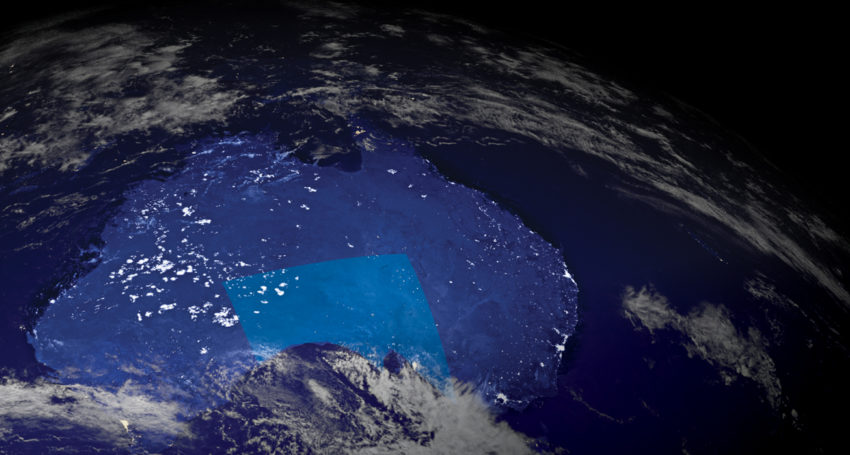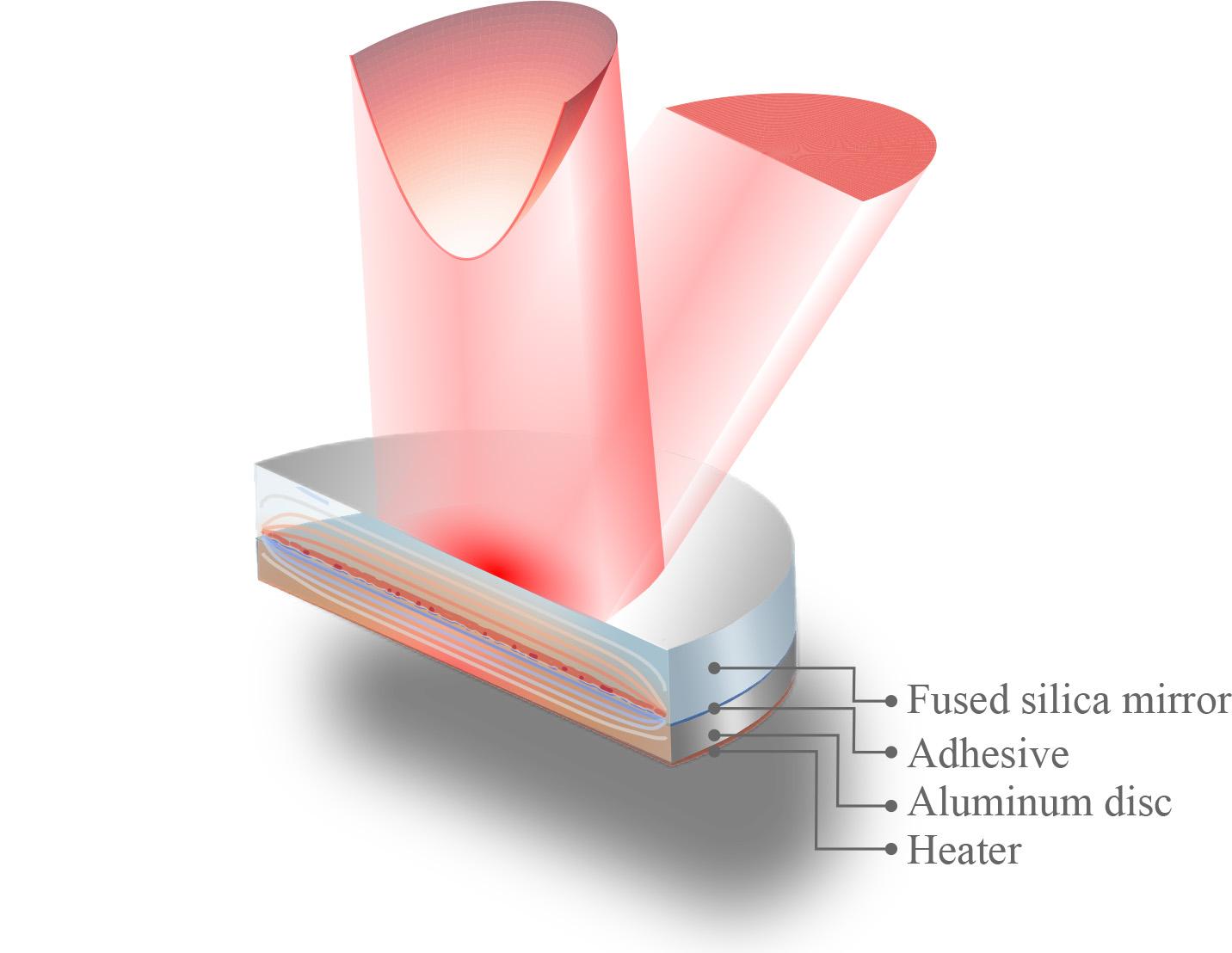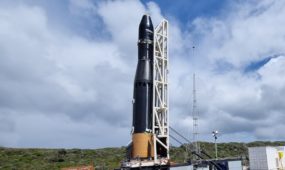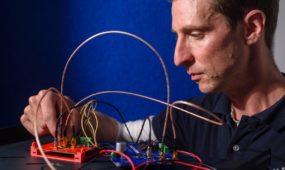Mirror finding ripples in time
Space
Australian researchers create new tools to detect gravitational waves.

Sign up to receive notifications about new stories in this category.
Thank you for subscribing to story notifications.

A team from the University of Adelaide in South Australia are behind a new type of deformable mirror that could increase the sensitivity of ground-based gravitational wave detectors reaching into space.
Gravitational waves are faint ripples in space time caused by distant events like collisions between black holes or neutron stars.
These cosmic waves are detected at places like the Advanced Laser Interferometer Gravitational Wave Observatory (LIGO) sites in the United States.
The University of Adelaide’s node of the ARC Centre for Excellence for Gravitational Wave Discovery has made a deformable mirror based on the bimetallic effect where a temperature change is used to achieve mechanical displacement.
“In addition to improving today’s gravitational wave detectors, these new mirrors will also be useful for increasing sensitivity in next generation detectors and allow detection of new sources of gravitational waves,” said research team leader Huy Tuong Cao said.
“Our new mirror provides a large actuation range with great precision.
“The simplicity of the design means it can turn commercially available optics into a deformable mirror without any complicated or expensive equipment. This makes it useful for any system where precise control of beam shape is crucial.”

A cross-section of a thermal bimorph mirror and its constituents.
Cao worked with Aidan Brooks of LIGO to create the new technology as part of a visitor program between the University of Adelaide and LIGO Laboratory, funded by the Australian Research Council and National Science Foundation.
Ground-based gravitational wave detectors use laser light traveling back and forth down an interferometer’s two arms to monitor the distance between mirrors at each arm’s end. Gravitational waves cause a slight but detectable variation in the distance between the mirrors.
Detecting this tiny change requires extremely precise laser beam steering and shaping, which is accomplished with a deformable mirror.
Deformable mirrors, which are used to shape and control laser light, have a surface made of tiny mirrors that can each be moved, or actuated, to change the overall shape of the mirror.
Most deformable mirrors use thin mirrors to induce large amount of actuation, but these thin mirrors can produce undesirable scattering because they are hard to polish. The researchers designed a new type of deformable mirror using the bimetallic effect by attaching a piece of metal to a glass mirror.
When the two are heated together the metal expands more than the glass, causing the mirror to bend.
The new design not only creates a large amount of precise actuation but is also compact and requires minimum modifications to existing systems.
Both the fused silica mirrors and aluminum plates used to create the deformable mirror are commercially available. To attach the two layers, the researchers carefully selected a bonding adhesive that would maximize actuation.
Cao said the new design has fewer optical surfaces for the laser beam to travel through.
“This reduces light loss caused by scattering or absorption of coatings,” he said.
“We are reaching a point where the precision needed to improve the sensitivity of gravitational wave detectors is beyond what can be accomplished with the fabrication techniques used to make deformable mirrors.”
Jump to next article



